One of the greatest opera houses in South America has a history that goes back to well over a century and is world-renowned for being one of the best performing arts centers in terms of acoustics.
In this article, we’ll take a closer look at some of the most interesting facts about the Teatro Colón, an amazing building with quite a few interesting stories to tell.
1. It’s located along a wide avenue in central Buenos Aires
The Teatro Colón is the main opera house in the immense city of Buenos Aires, the capital of Argentina in South America. It’s located in the historical heart of the city and its main entrance is located on Libertad Street.
The rear of the huge building is bounded by 9 de Julio Avenue, one of the main thoroughfares in the center of the city. This street was named after Argentina’s Independence Day, an event that took place on July 9, 1816.
The most prominent landmark nearby is the immense “Obelisco de Buenos Aires” just south of the opera house. This is a monument that was erected in 1936 to celebrate the 400th anniversary of the foundation of the city.
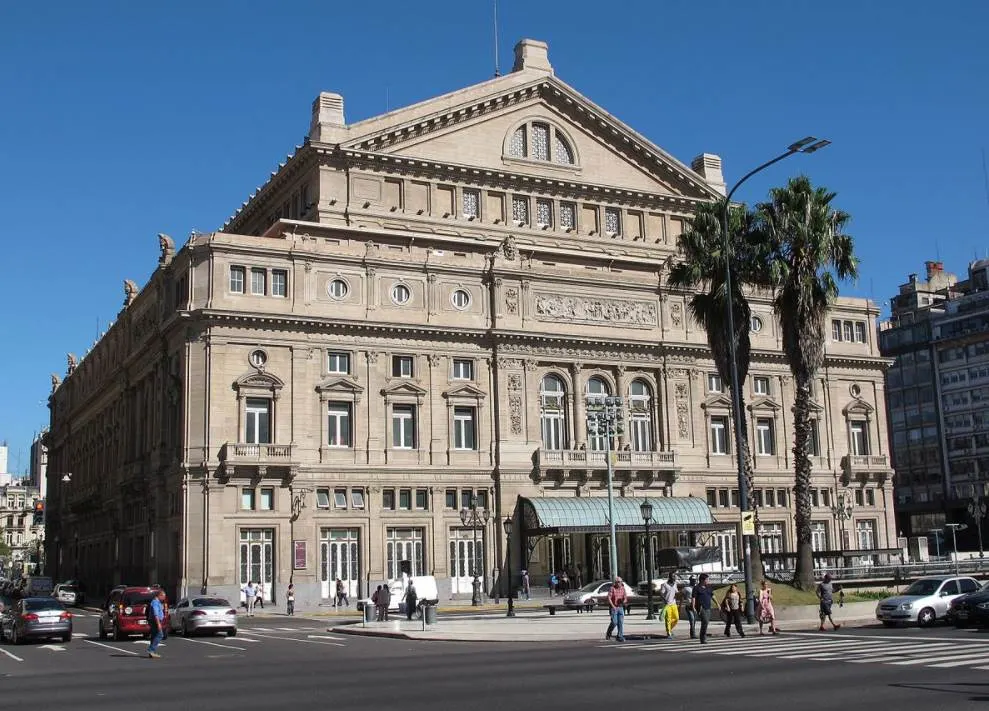
2. The current venue replaced an older theater completed in the 1850s
The current version of the Teatro Colón is a structure that replaced an older building with the same name. The first theater was built between 1856 and 1857 and wasn’t located in this location but about a kilometer (0.6 miles) to the southeast.
This theater was located on the most important square in Buenos Aires called the “Plaza de Mayo.” It first opened its doors on April 27, 1857, and was one of the most important theaters in the city for about 30 years.
Regardless of the fact that it had 2,500 seats, the infrastructure was deemed unsuitable at the end of the 19th century and plans were made to build a new opera house, the one we can admire today.
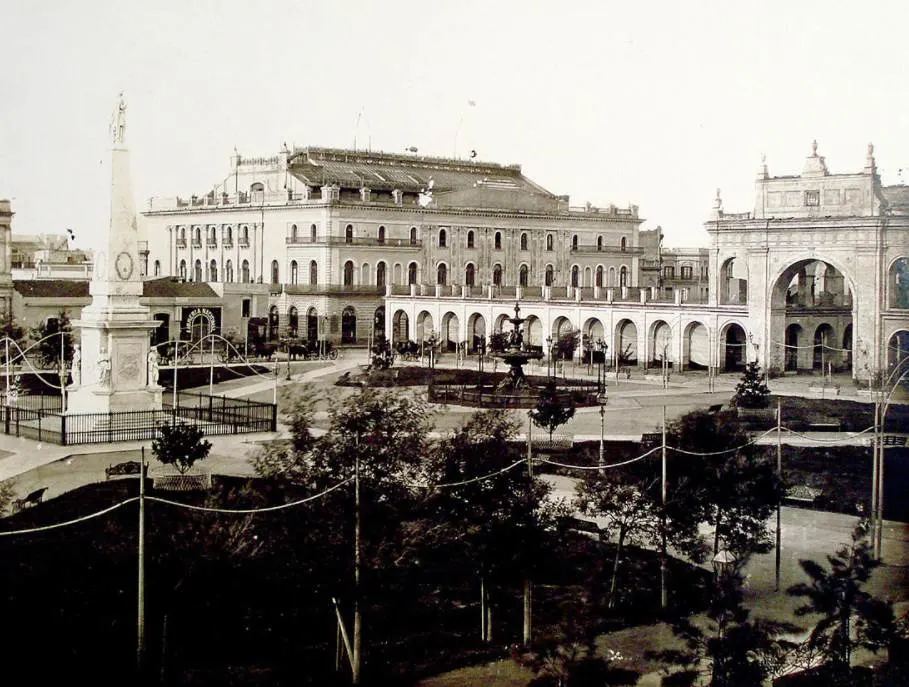
3. It took 20 years before the immense building was completed
The cornerstone of the current building was laid in 1889 and the building was designed by a couple of Italian architects named Francesco Tamburini and Vittorio Meano. This means that it was inspired by the grand theaters in Italy such as the Scala Theater in Milan.

When the Italian finance of the project ran out of funds, the project was halted for quite some time. It was eventually finished by the Belgian architect Julio Dormal (1846-1924), a man who introduced the Beaux-Arts architectural style to Buenos Aires in the late 19th century.
After a construction phase of nearly 20 years, the Teatro Colón finally opened its doors on May 26, 1908.
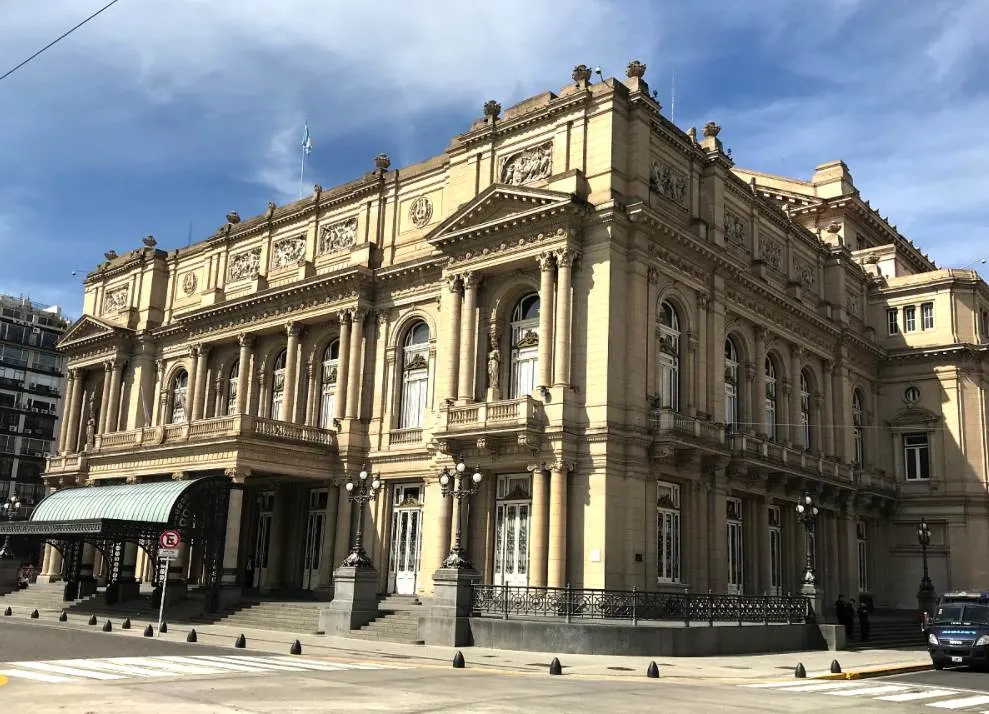
4. The venue is world-famous for its impeccable acoustics
The auditorium of the opera house has a seating capacity of 2,487 with an additional standing room space of 1,000 people. The stage is 20 meters wide and 20 meters deep and has a total height of 15 meters.
The amazing interior of the opera house is at the same level as the best opera houses in Europe and the auditorium is decorated by a chandelier that features over 700 light bulbs, an amazing sight to behold.
The most amazing feature of the auditorium, however, is its shoebox design, something that classifies it as one of the top 5 best opera houses in the world in terms of acoustics according to people who actually performed in them.
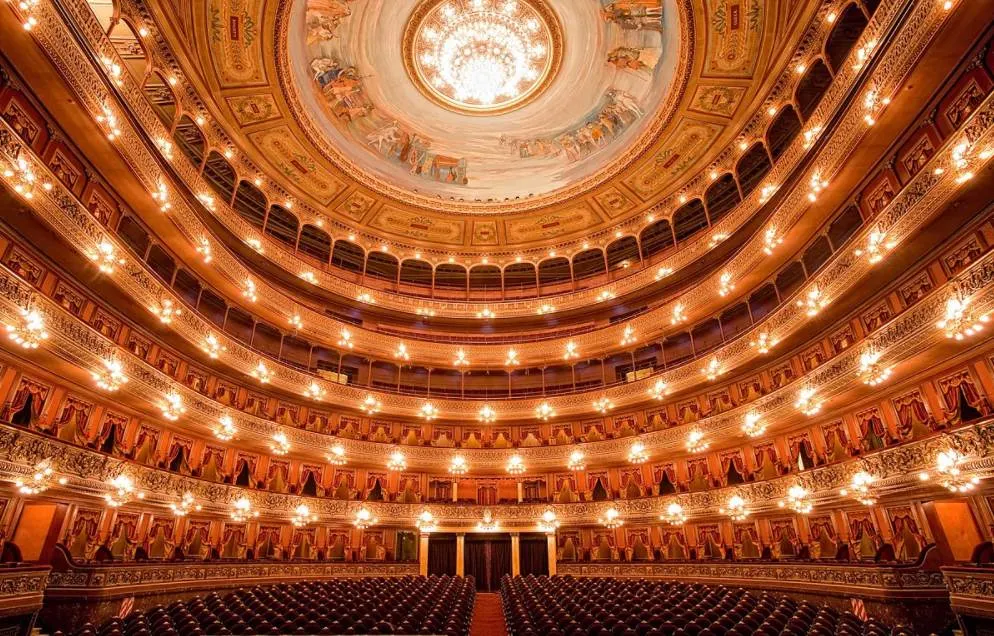
5. The opera house was closed for 5 years for a $100 million renovation
After years of a gradual decline due to the poor economic situation in Argentina, the decision was made to start a renovation project in order to attempt to rejuvenate the dilapidated opera house.
This project started back in 2005 and was only scheduled to last about 18 months at a cost of approximately $25 million while employing about 500 workers.
The result was quite different as it took almost 5 years for the complete refurbishing to be completed. The eventual price tag was an estimated $100 million and over 1,500 workers, including 130 architects and engineers, were involved in this complete facelift.
The reopening of the theater was a massive event as thousands of people gathered in front of the building to celebrate.

More interesting facts about the Teatro Colón
6. The Teatro Colón is the main opera house in the city today, but before this building was completed, various venues were used to give performances.
Apart from the first version of the theater, the Teatro Opera, the Teatro Politeama and the Teatro Coliseo were also frequently used for big events.
7. The current opera house wasn’t the first historical building on this location. Before the amazing performance arts center was constructed, this land was occupied by the Del Parque railway station.
This railway station was remarkably opened the same year as the first version of the theater in 1857 and it was closed in 1883. It was the first railway station in the country and served as the terminus of Buenos Aires Western Railway, the first railway line in Argentina.
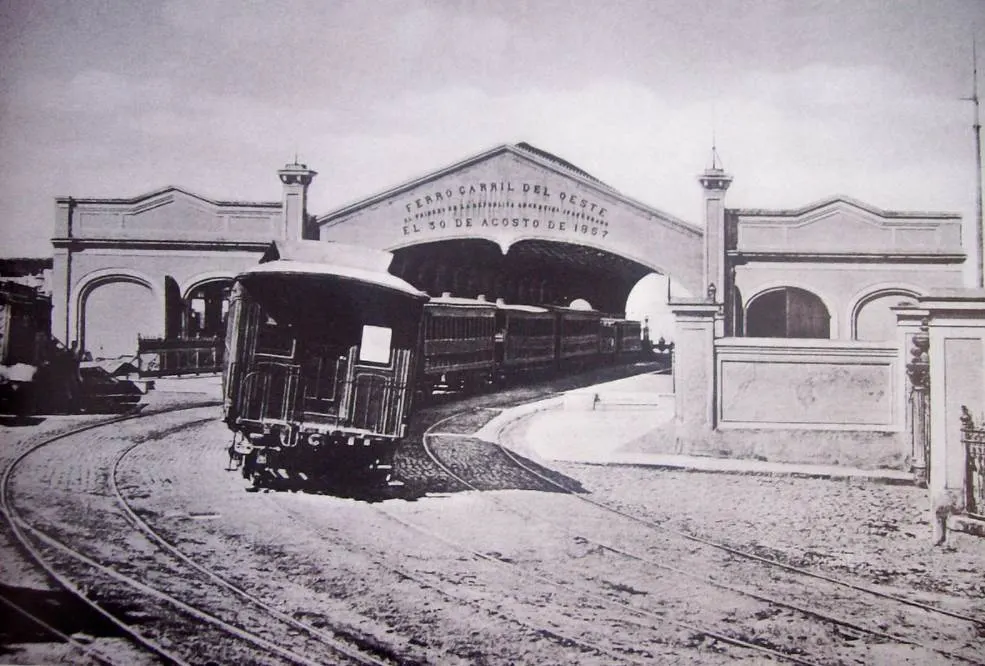
8. The opening performance of the first version of the opera house was Verdi’s “La Traviata.” This was just 4 years after it was played for the first time in Italy on March 6, 1853.
The opening performance of the newly constructed building in the early 20th century was another opera written by Verdi called “Aida,” an event that took place on May 25, 1908.

9. The first version of the theater had a space that was completely sealed off from the rest of the public, especially for people who were in mourning.
These were separated from the rest of the auditorium with metal grilles and could be accessed from a private entrance.
10. One of the most amazing spaces inside the theater is the so-called Salón Dorado or “Golden Room.” As the name suggests, this room is heavily decorated with golden columns and magnificent frescoes.
This space runs the entire length of the theater and mirrors are placed on each end in order to make it appear even bigger. This room can without a doubt be compared with the opulent spaces found at the Palace of Versailles or Schönbrunn Palace, to name a few.

